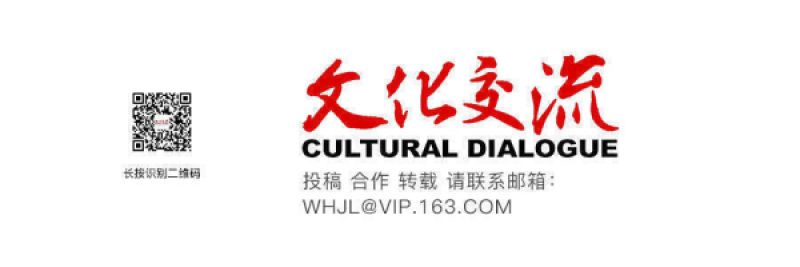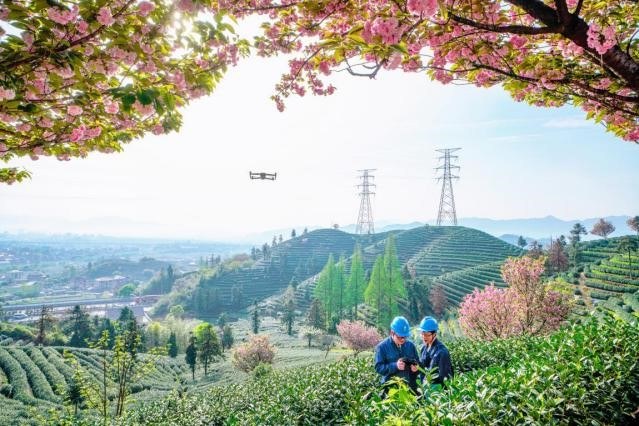At the foot of the Tiantain Mountain in Zhejiang’s Taizhou city, the 2021 Hehe Culture Global Forum was held between December 9 and 10. Over 100 scholars and experts were gathered in the place, sharing their perspectives and views on “Hehe Culture and a Community with a Shared Future for Mankind”, the theme of the forum.
“Hehe” is in fact a combination of two Chinese characters. The first “He” (和) refers to harmony, peace and moderation, while the second “he” (合) indicates connectedness, integration and togetherness. Harmony has long been a cherished value in the Chinese culture, and China’s “he” culture has a long and rich history, in which is contained the cosmic outlook of “heaven and man united as one”, the international outlook of “harmonious coexistence of all nations”, the social outlook of “harmony without uniformity” and the moral outlook of “kindness and benevolence”.
Throughout time, with growing international exchanges and cooperation, the Hehe culture, quiescence of the oriental wisdom, has gradually spread from China to the rest of the world. Indeed, the Hehe Culture Global Forum is just the continuation of the dialogues of those wise men living around the Tiantai Mountain ages ago.
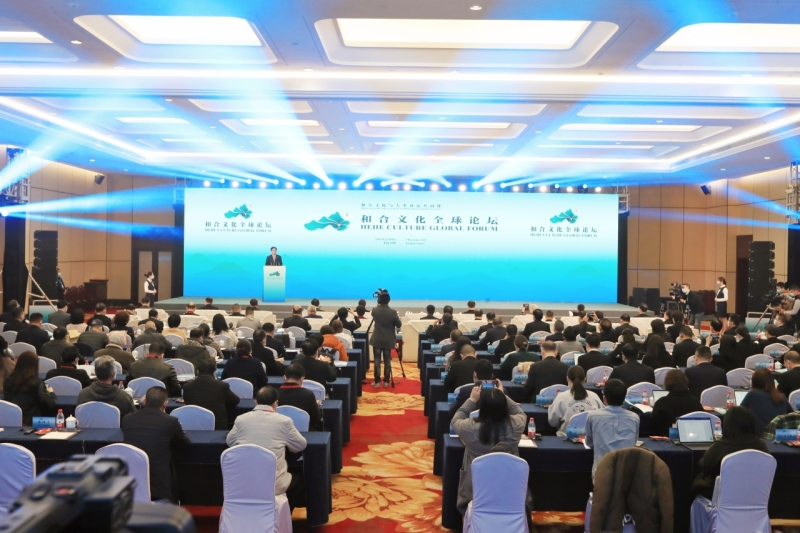
The 2021 Hehe Culture Global Forum opens in Zhejiang’s Tiantai county. Photo by Mou Yongxuan.
In as early as the Tang dynasty (618-907), the Tiantai Mountain was already a must-visit place for “celebrities”, i.e. poets, of the time. Li Bai (701-762), one of the greatest Chinese poets, once stated: “In dragons’ court and phoenixes’ palace I’d rather not stay, To the Tiantai Mountain I’d wish to fly.” Meng Haoran (689-740), another renowned Tang poet, said: “You ask where I am headed, to the stone bridge up on the Tiantai Mountain.” In the opening page of Xu Xiake’s Travels, Xu Xiake (1587-1641), the much-celebrated Ming dynasty (1616-1644) geographer, chose Tiantai as his starting point. “Walking along the edge, I feel terrified looking underneath at the abyss,” he wrote, referring to Tiantai’s Shiliang Waterfall.
Another Tang poet, Hanshan (?-?), was also said to have traveled all the way from the then capital Chang’an (present-day Xi’an city, Shaanxi province) to the Tiantai Mountain, where he met and became best friends with Shide (?-?), a monk from the Guoqing Temple. The two were like brothers, traveling and climbing mountains together, reading and learning sutras together, and reciting poems together. Whenever they felt inspired, they would write their thoughts on rocks and walls. Although using a simple and much more colloquial language, Hanshan’s poems are known for their unique style and rich meaning, especially the idea and concept of “Hehe” or harmony. Over time, the harmonious and close relationship between Hanshan and Shide, and their stories of friendship were gloried and deified by later generations.
In the tens of hundreds of years that followed, people’s pursuit for “Hehe” was unconsciously personified and reified, and the two figures were gradually worshipped as gods in charge of harmony on earth. In the olden days, four lines of poetry were usually written on beside the images of the two gods: Harmony is meant for all, peace of mind will do and no more; if live in harmony can all, will there be worries any more?

The Two Gods of Hehe.
Then during the reign of the Yongzheng emperor (r. 1722-1735) in the Qing dynasty, Hanshan and Shide were bestowed the title of “Hehe Ersheng” or the “Two Gods of Hehe”, becoming the officially endorsed symbols of China’s Hehe culture. Tiantai Mountian, as a result, was turned into the “holy land” of the Hehe culture.
Nowadays, in Taizhou, images of the “Two Gods of Hehe” can be seen everywhere, in which one holds a lotus flower as a gift and the other holds a treasure box as a present to greet each other, showing their friendship, mutual respect and love, and harmonious coexistence. As both “lotus” and “box” have the same pronunciation as “he”, they have often been used to symbolize harmony and happiness.
Now, more than a millennium later, as people stand on the Tiantai Mountain amid all the mist and clouds, the thoughts left by those Tang literati seem still to be traceable in the surroundings. It is on the Tiantai Mountain that they conversed with nature, spoke with the sages, attained the wisdom of life and sought spiritual consolation.
Which begs the question: of all the places, why has the Tiantai Mountain evolved into a place where literary figures throughout Chinese history went to for spiritual comfort? More specifically, what have made Tiantian Mountain a unique place for the development of the Hehe culture?
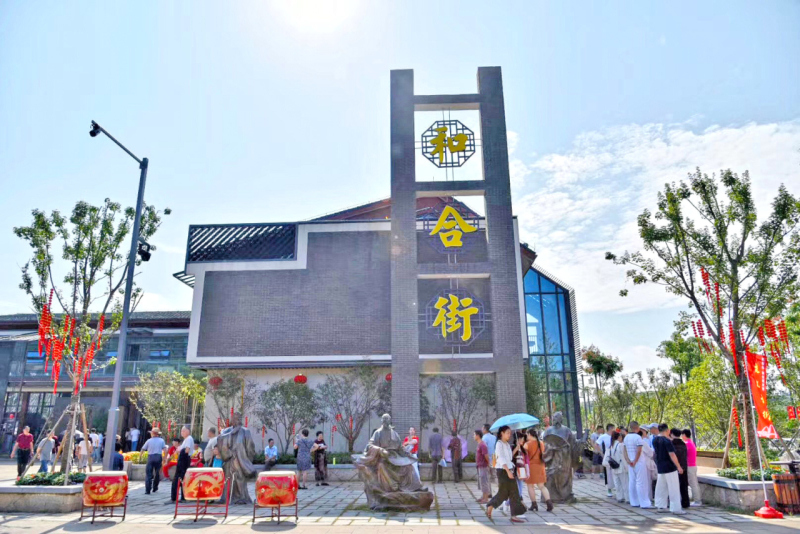
The Hehe Street in Tiantai county.
The earliest traces of the Hehe culture could be found in China’s Central Plains. The two characters of “Hehe” appeared separately in the oracle bones. The oldest example of the two characters joined together is seen in Guanzi (Methods of Warfare). Later, through the continuous refinement and development of generations of thinkers, the seeds of the Hehe culture were brought to Tiantai after several large-scale migrations.
Historically, Taizhou had always been an “immigrant city”. From the end of the Han dynasty (202 BC-220 AD) to the Southern Song dynasty (1127-1279) and the Yuan dynasty (1206-1368), large numbers of population from the north moved to Taizhou. While they had brought a much more diversified culture, their differences also caused conflicts and clashes. In the Northern Song period (960-1127), Zheng Zhidao (?-?), the county magistrate in Tiantai, clearly stated in his book that tensions between different groups were quite serious. To reduce hostility, the local people in Taizhou had a strong desire for the Hehe culture, which called for harmonious existence.
On the other hand, the cultural ecology of Tiantai Mountain also provided the soil for the development of the Hehe culture — Confucianism, Buddhism and Taoism had long coexisted peacefully in the place. The Tiantai school of Buddhism, the Nanzong (Southern Lineage) of Taoism and Neo-Confucianism had learned from each other and integrated with each other, which together constituted an organic whole of the Hehe culture in Tiantai Mountain.
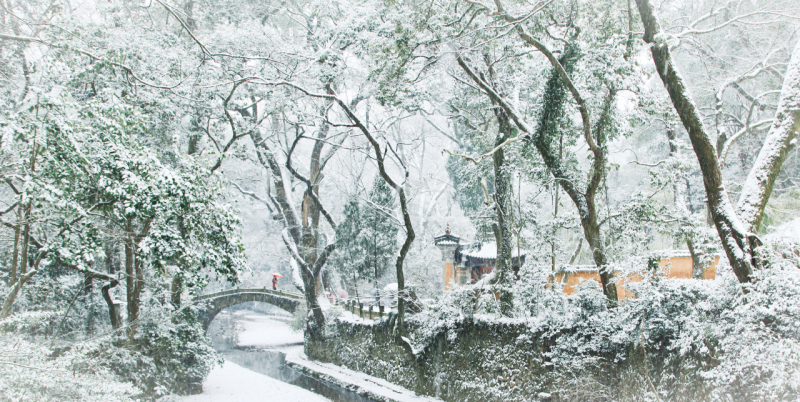
The Guoqing Temple in snow. Photo by Wang Zheren.
“When the Great Way prevails, the whole world belongs to everyone,” as the Chinese sages used to say. The Chinese civilization has always emphasized that “the world is one family”. Therefore, the Hehe culture not only is part of the Chinese culture, it belongs to the world as well. Just as Kim Won-soo, former Under-Secretary-General of UN observed, “The Hehe culture will be of both important theoretical and practical value in enhancing exchanges between different countries, races, religions and civilizations, and in promoting the world’s peaceful development.”
Indeed, as one of the starting points along the east route of the ancient Maritime Silk Road, Taizhou was an important gateway to Japan, Korea and Southeast Asia. As early as the Qin dynasty (221-206 BC), Tiantai’s Lindera, a herb known for its medicinal values, was brought by Xu Fu to Japan. At the height of the Tang dynasty, throngs of Japanese and Korean monks came visiting and brought back with them not only the Tiantai school of Buddhism, but also tea seeds and the idea of Hehe. Then during the Ming and Qing period, the teachings of Ji Gong the Living Buddha, also known as Chan Master Daoji who was a Tiantai native, spread to Japan and the Southeast Asia.
The “Two Gods of Hehe”, Hanshan in particular, have left indelible marks on the annals of world cultural history. Introduced to Japan during the Northern Song dynasty, Hanshan’s poems have remained popular over the past 900 years, and have greatly influenced the Japanese haiku, tanka (short songs), drama and painting. Stamps, inks, and even noodles and bars bearing Hanshan’s name can be seen all over Japan.
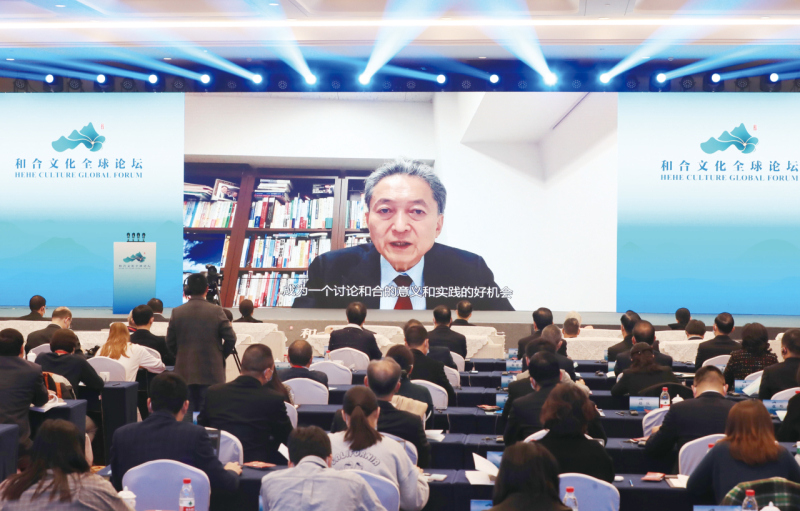
Yukio Hatoyama, former Prime Minister of Japan and Chairman of the East Asian Community Institute, delivers a speech via video link at the opening ceremony of the 2021 Hehe Culture Global Forum.
In the 1950s, when Hanshan’s poem collection was presented to readers in the US, it became an instant hit. In Cold Mountain, a novel on the American Civil War that won the US National Book Award for Fiction and has been adopted into an award-winning movie, its author Charles Frazier quoted Hanshan’s poetry for the book’s epigraph: “Men ask the way to Cold Mountain. Cold Mountain: there’s no through trail.”
In recent years, efforts have continuously been made for the international exchanges and communication on the Hehe culture, which calls for the “harmonious coexistence of all nations”. After the Tiantai Mountain Culture Research Association was established in 1989, experts from home and abroad have done extensive studies about the impact of the Hehe culture on economy, society, culture, ecology, among others. Since China launched the Belt and Road Initiative in 2013, an embodiment of the idea of harmonious coexistence and mutual benefit, a series of international forums and seminars have been held and programs have been implemented, to discuss on and realize the shared interests and mutual development of countries along the Belt and Road. Moreover, Tiantai is engaged in frequent exchanges on the Hehe culture with the United States, Japan, Canada, Korea and other countries and regions; in Dubai, the United Arab Emirates, Tokyo, Japan and Manila, the Philippines, international centers of the Hehe culture have been set up, and many have volunteered to become communication ambassadors for the Hehe culture, and hope to introduce it to more people.
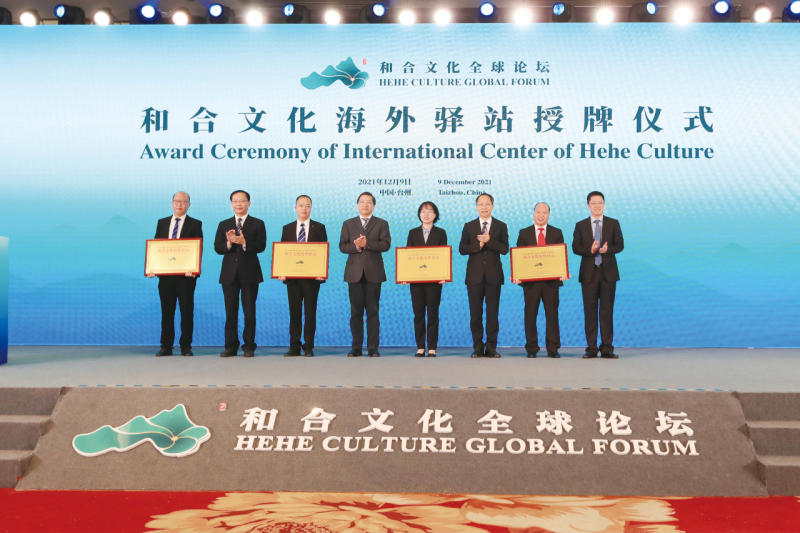
Representatives pose for a photo at the award ceremony of the International Center of Hehe Culture. Photo by Mou Yongxuan.
Some may wonder: why should we still advocate the Hehe culture? And more importantly, how can the Hehe culture, born more than a millennium ago, continue to serve as a driving force for the development of today’s world?
With the deepening of economic globalization and digitalization, human life has become more interconnected than ever before and the destinies of people around the world have never been so closely intertwined. At the same time, the problems and challenges facing the world today are unprecedented. As the international structure is going through major changes, intensified by the ongoing global pandemic, we are entering a period in which the world is full of uncertainties.
Mankind has a common and shared future. Xi Jinping, the Chinese president, has spoken of the Hehe culture on many occasions, pointing out that harmony and coexistence are the historical “genes” of the Chinese nation and the essence of the oriental civilization. Accordingly, he proposed a Chinese solution to global governance: building a community with a shared future for mankind.
What is a community with a shared future for mankind? Consultation on an equal footing to create a future of shared benefits; openness and innovation to create a future of development and prosperity; solidarity and cooperation to create a future of health and security; and commitment to justice to create a future of mutual respect and mutual learning.
The idea of a community with shared future for mankind, underpinned by the values of the Hehe culture, is China’s contribution to solving a series of complex challenges facing the world today. “Harmony without uniformity”, “All living things should flourish without harming each other; all ways of life should thrive without hindering each other” … the answers to these challenges can be easily found in the Chinese wisdom.
“Where mankind is headed and what path(s) will be taken, the Hehe culture will provide guidance,” according to Zhang Liwen, professor at Department of Philosophy and director of the Institute of Hehe Culture of Renmin University of China, who spoke at the Hehe Cultural Global Forum.
“The Hehe culture is by no means limited to this piece of land. It is the common wealth of the whole mankind and should be cherished as a cultural heritage,” said Qian Wenzhong, professor at Department of History of Fudan University, who also attended the forum.
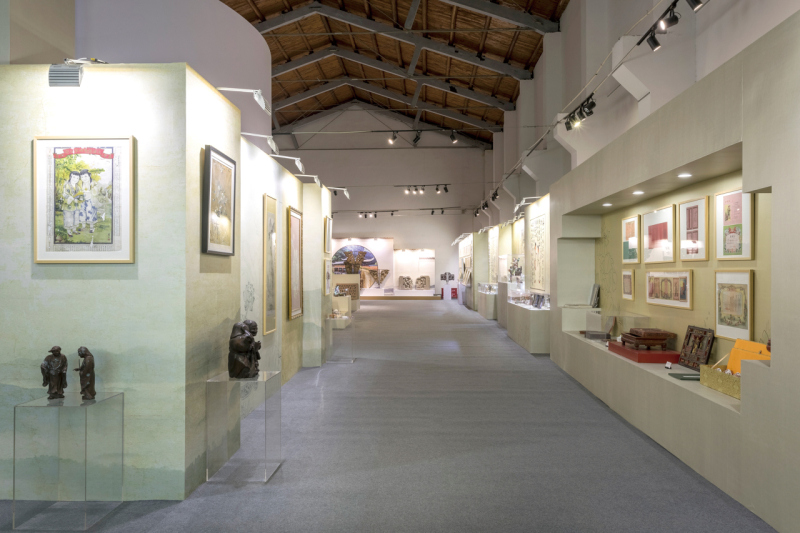
The Tiantai Hehe Museum.
At the three subforums, namely “Promote Harmony and Common Prosperity to Realize Inclusive Development”, “Overcome Difficulties with Solidarity for Win-Win Cooperation” and “Pursue Common Development in Harmony to Build an Eco-civilization”, scholars and participants discussed extensively on more areas and topics concerning the Hehe culture. More significantly, the year 2021 has been designated as the “First International Year of the Hehe Culture”, and Tiantai county has been chosen as the permanent site to host the Hehe Culture Global Forum.
Let’s work together, and build a shared future through respecting and cherishing the beauty of different cultures.
Editor: Li Qiaoqiao
